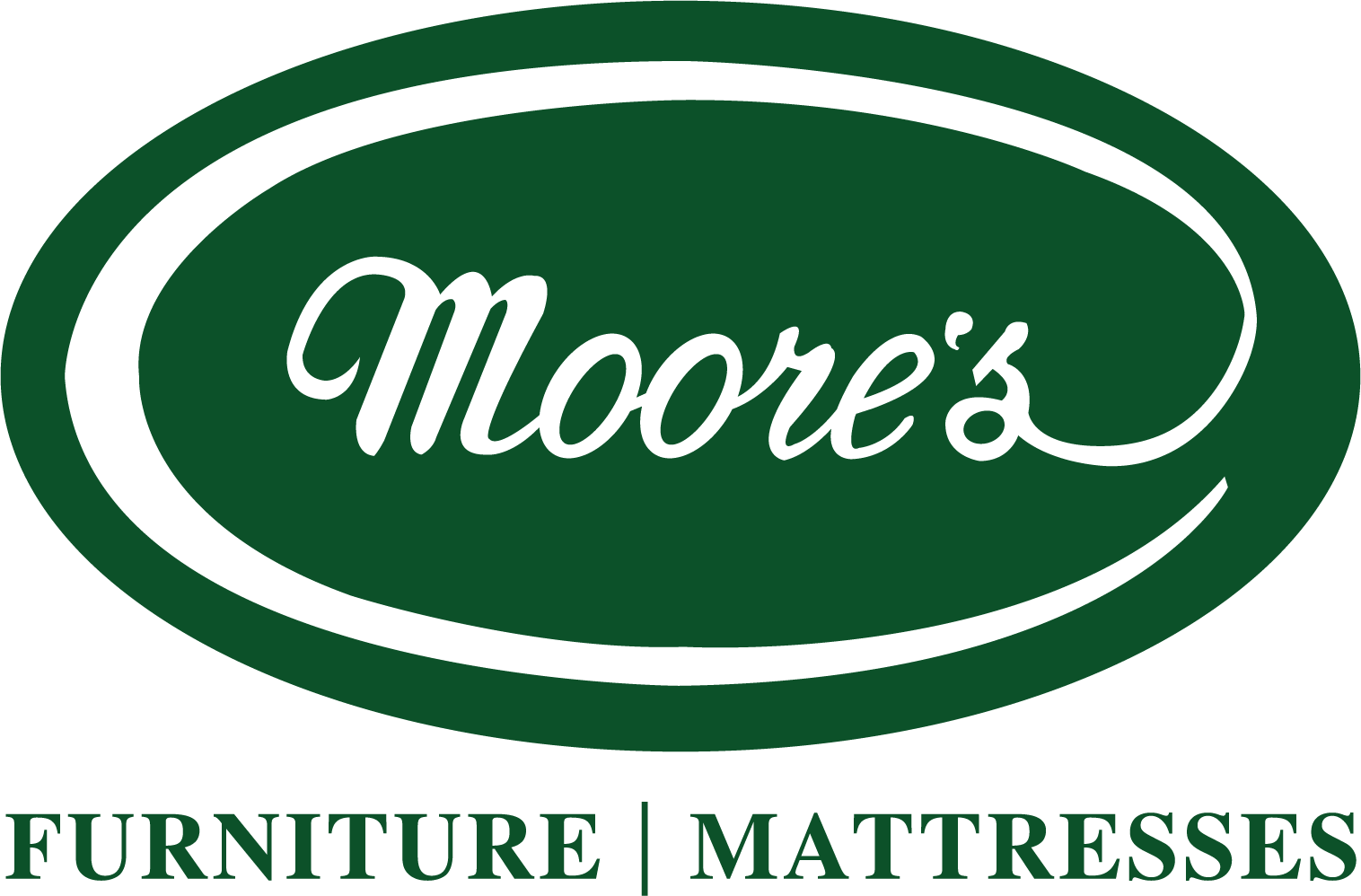Wood isn’t just about what it looks like when you first get it—it’s a living material that transforms beautifully as it ages. For anyone who loves woodworking, furniture, or just appreciates natural materials, understanding how different types of wood evolve can be really eye-opening. Let’s dive into how Cherry, White Oak, Red Oak, Walnut, Maple, Elm, and Hickory change and develop their unique looks over time.
Cherry:
When New: Cherry wood starts out with a light pinkish hue that gives it a fresh, elegant vibe.
As It Ages: Over time, Cherry turns into a rich, reddish-brown. Light speeds up this change, making the wood’s color warmer and deeper. As Cherry ages, it gets a lovely patina that adds sophistication. This makes it a popular choice for beautiful furniture and cabinetry that only gets better with time.



Photos: Country View Woodworking
White Oak:
When New: White Oak begins with a light to medium tan color and a smooth, refined grain.
As It Ages: White Oak gradually darkens to a richer, medium brown. This change is pretty subtle but adds a lot of depth to the wood. The grain becomes more pronounced, giving it an elegant texture. White Oak’s durability and resistance to moisture mean it stands the test of time, developing a warm patina that enhances its classic look.



Photos: Yutzy Woodworking
Red Oak:
When New: Red Oak is known for its light to medium reddish-brown color and its eye-catching grain.
As It Ages: Over time, Red Oak darkens to a deeper brown with vibrant reddish tones. The grain becomes even more prominent, adding texture and interest. Although Red Oak isn’t as moisture-resistant as White Oak, it can still look great with proper care. The aging process really brings out Red Oak’s bold character.



Photos: Country View Woodworking
Walnut:
When New: Walnut stands out with its rich, dark brown color and intricate grain patterns.
As It Ages: Walnut gets even darker and more refined with time. The grain smooths out and becomes more pronounced, developing a luxurious patina. This aging process enhances Walnut’s classic elegance, making it a top choice for high-end furniture and decor.

Photos: Country View Woodworking
Maple:
When New: Maple starts off with a creamy white color, giving it a clean, bright appearance.
As It Ages: Maple gradually takes on a golden or amber tone. This color shift adds warmth and depth, while the grain becomes more noticeable. Maple’s versatility makes it perfect for a variety of styles, from traditional to modern. Its smooth texture and evolving color keep it looking timeless.
Photos: Country View Woodworking
Elm:
When New: Elm has a light to medium brown color with a unique, often interlocking grain pattern.
As It Ages: Elm deepens to a richer brown with warm, golden highlights. The grain becomes more defined, adding character and texture. Elm is durable and resistant to splitting, making it a great choice for furniture and flooring. The aging process highlights its rustic charm.



Photos: Country View Woodworking
Hickory:
When New: Hickory starts with a pale to medium brown color and a rugged, pronounced grain pattern.
As It Ages: Hickory darkens to a richer, medium brown, and its grain becomes more defined. The wood’s tough texture smooths out over time but remains robust. Hickory’s strength makes it ideal for heavy-use items, and its aging process adds to its rich, textured appearance.
 .
. 

Photos: Country View Woodworking
Comparing the Changes
-
Color Shifts: Cherry and Walnut develop deeper, richer tones, while White Oak and Maple warm up to more golden hues. Red Oak and Elm evolve into complex shades with bold features, and Hickory gains a robust, deep brown.
-
Grain and Texture: Cherry and Walnut’s grains become more refined, while Oak’s and Maple’s grains become more noticeable. Elm’s unique grain and Hickory’s rugged texture are highlighted over time.
-
Durability and Care: White Oak and Hickory are known for their durability and resistance to moisture. Red Oak and Elm need a bit more care to keep them looking good. Cherry, Walnut, and Maple also benefit from maintenance to keep their evolving beauty intact.
Wrapping Up
Wood’s aging process is all about revealing new layers of beauty and character. Cherry, White Oak, Red Oak, Walnut, Maple, Elm, and Hickory each bring their own unique aging experiences that highlight their special qualities. By understanding these transformations, you can better appreciate the evolving charm of these woods and make smarter choices for your projects and furnishings. Enjoy the journey of aging wood and the unique story it tells over time!








